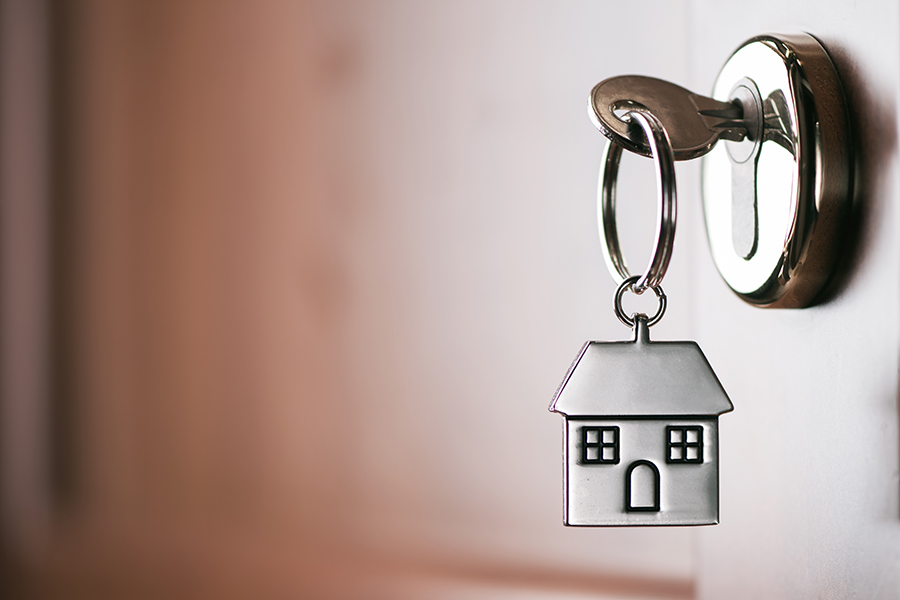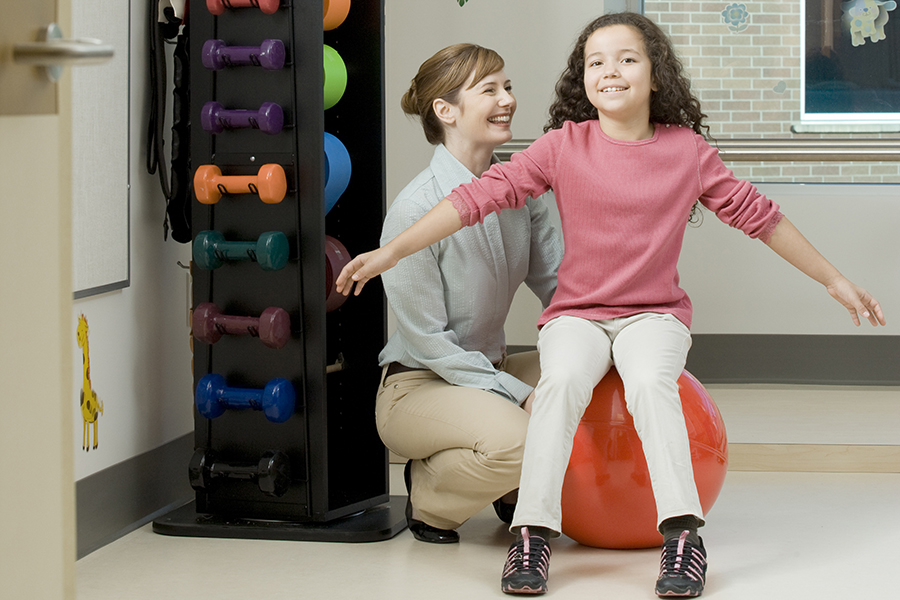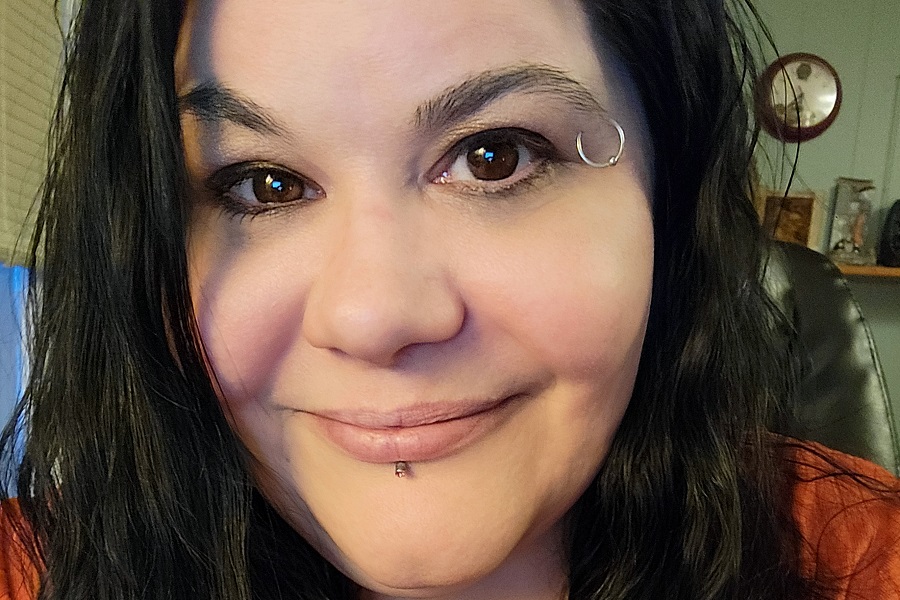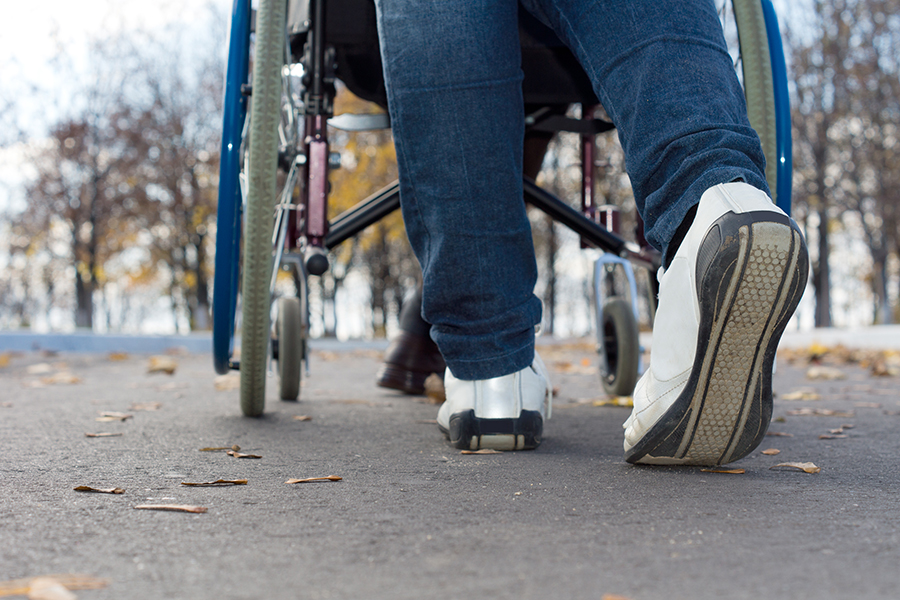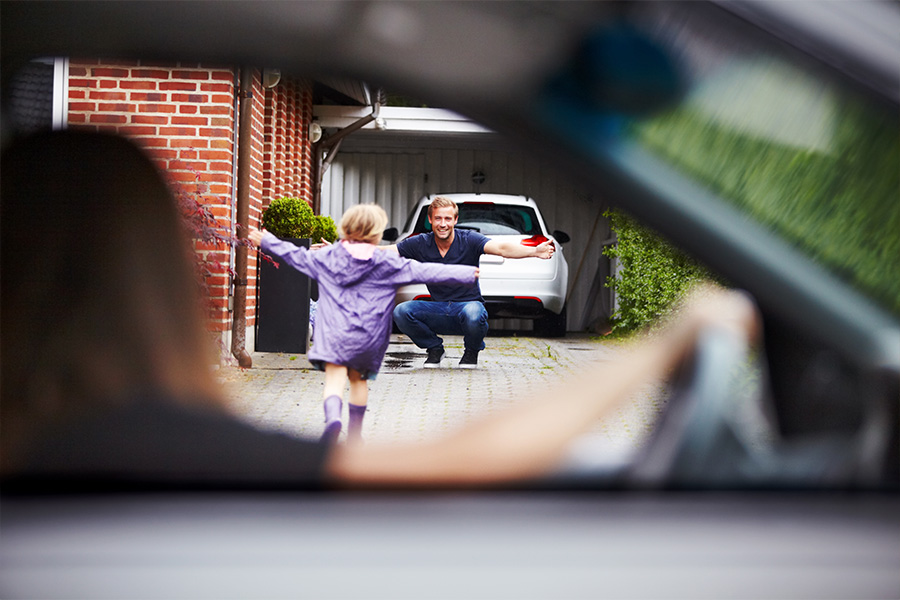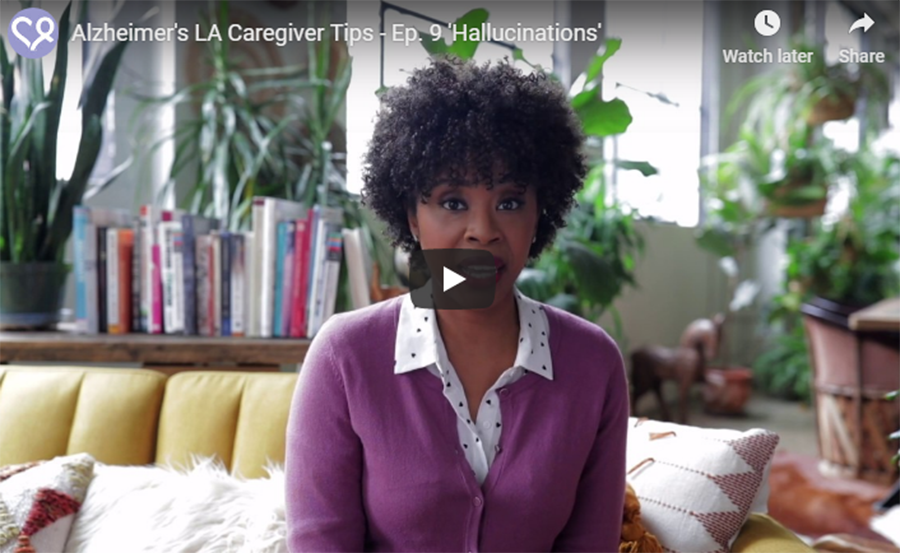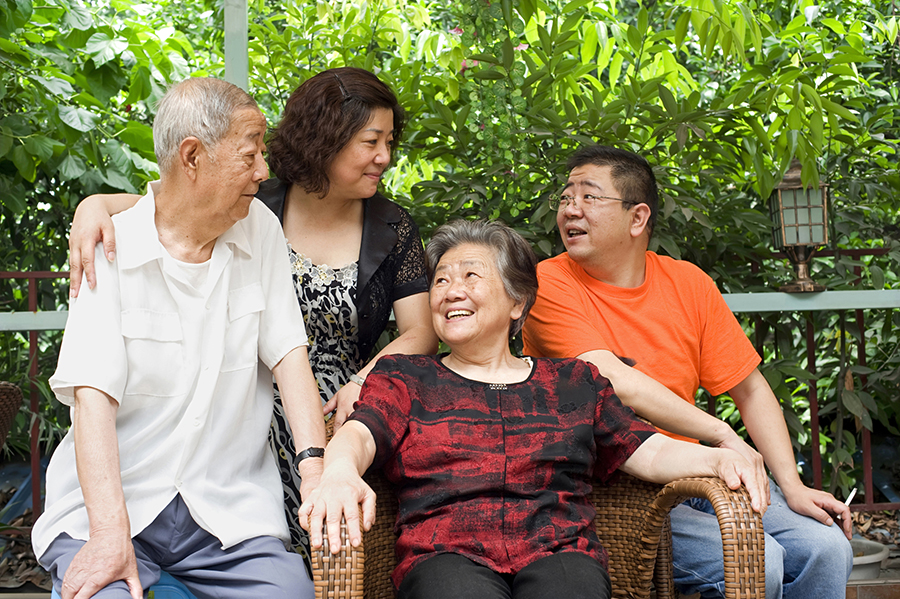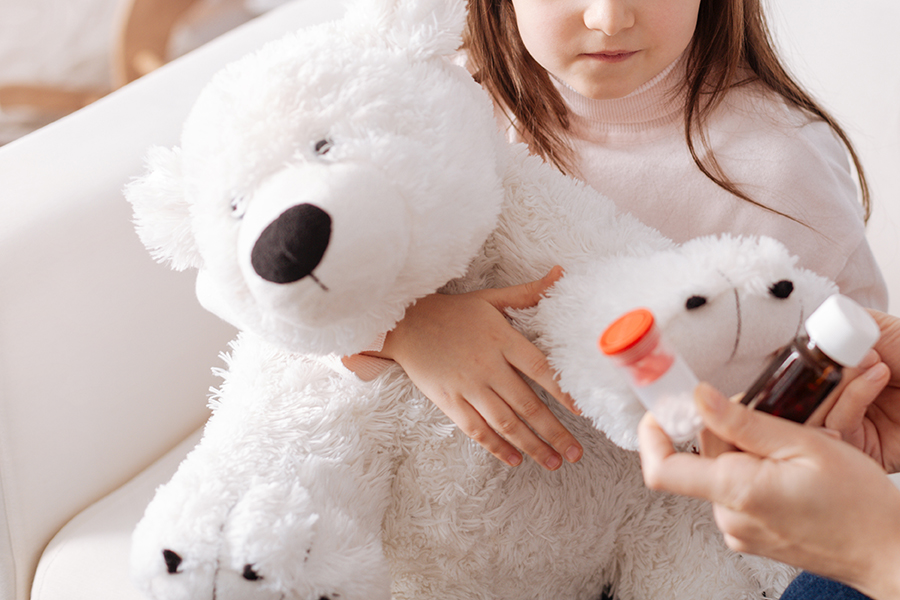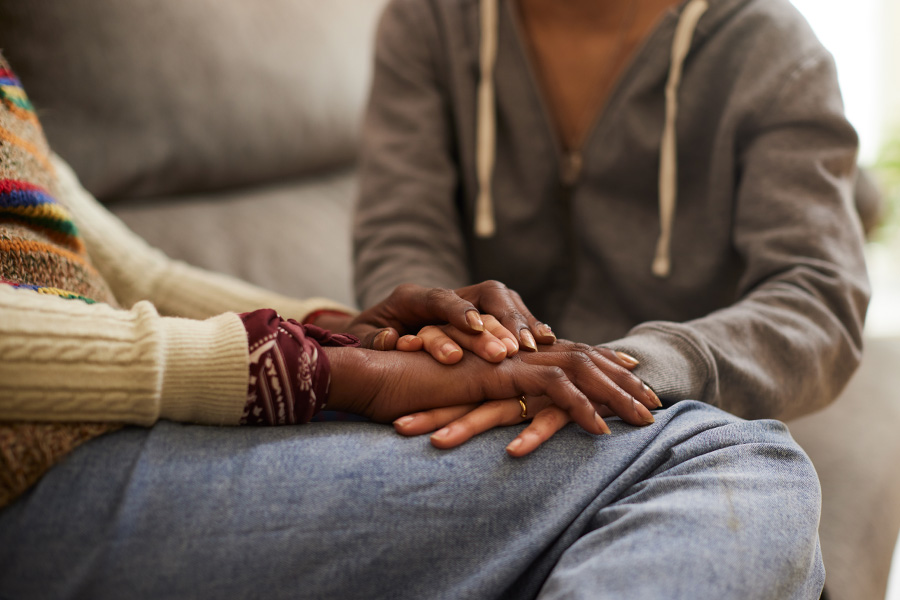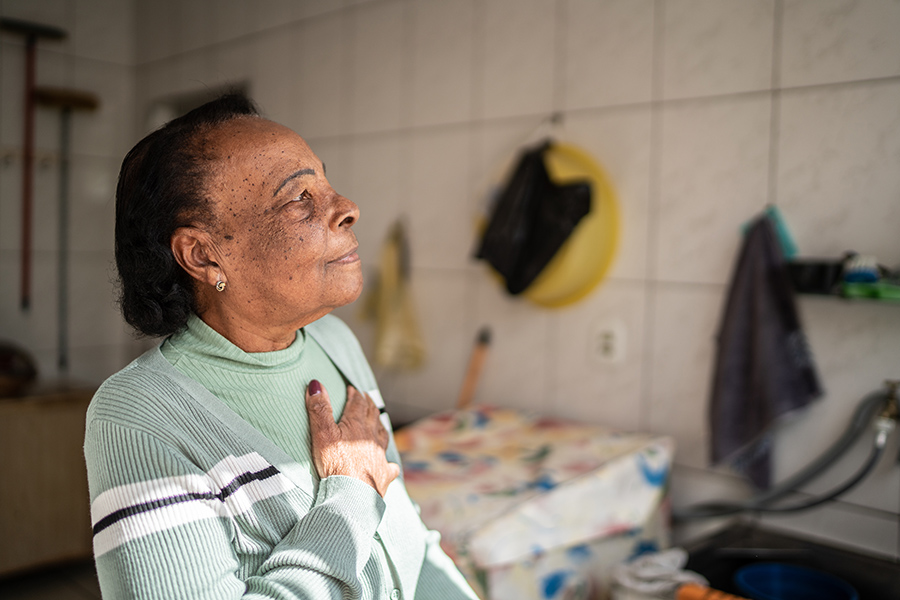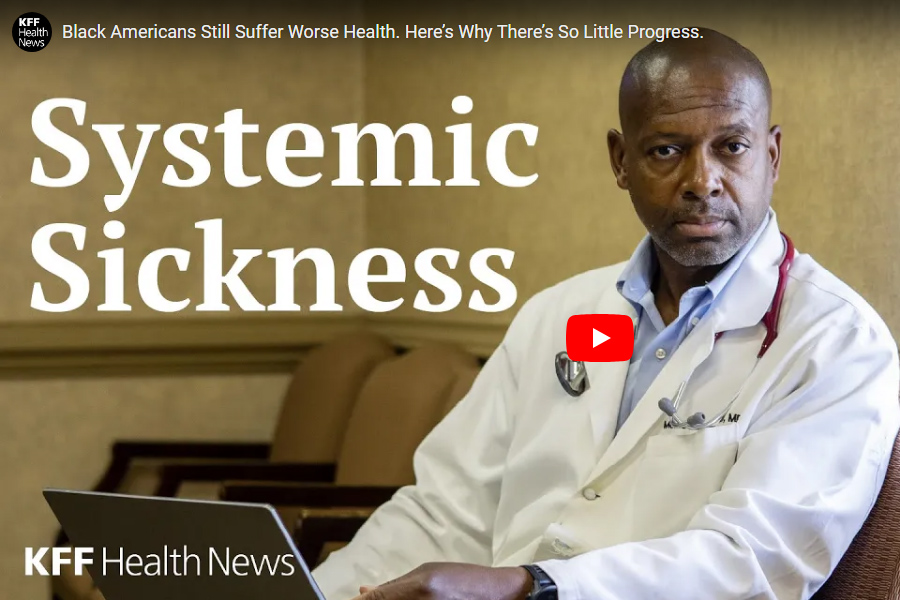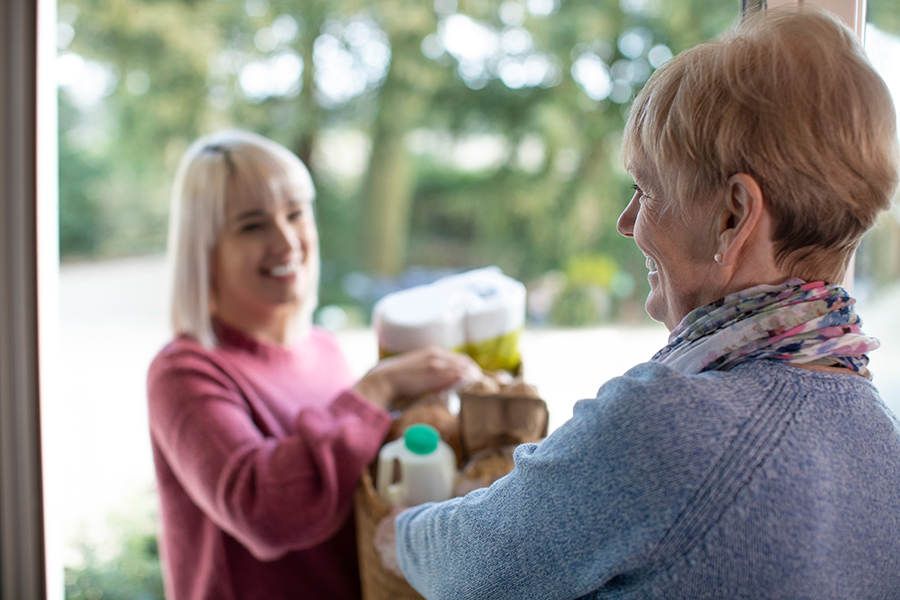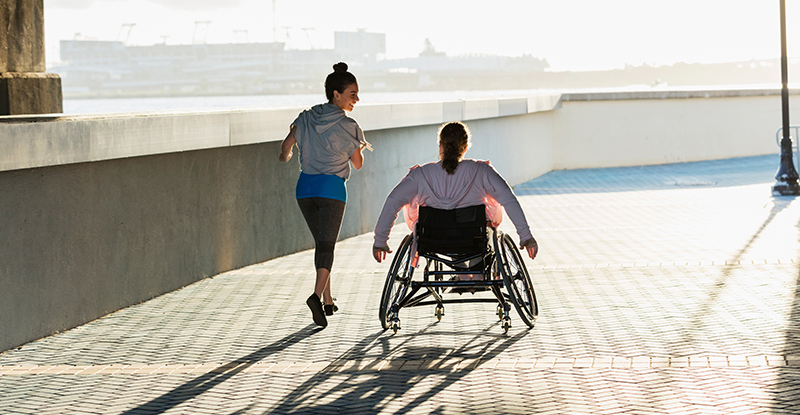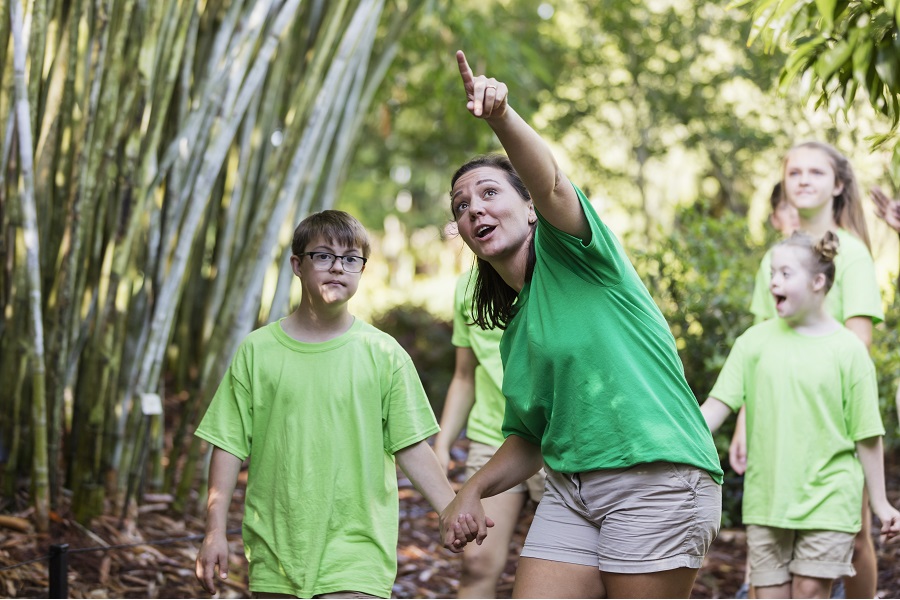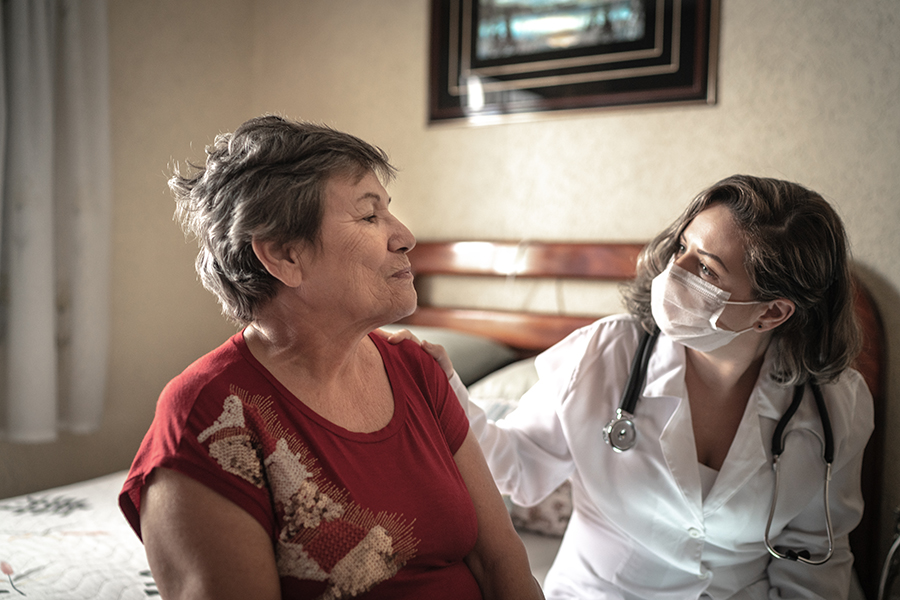Preventing Falls at Home: A Safety Checklist
The Centers for Disease Control reports that every year, one out of every three adults age 65 or older falls. Preventing falls is a critical issue because accidental falls among older adults can cause serious injury or disability, and they are the leading cause of injury death among those 65 and older. Many of these falls are caused by common hazards in the home that are easy to fix. You can find more information about fall prevention in our Fall Prevention webinar video here.
Use this safety checklist as a room-by-room guide for preventing falls in the home:
Floor Safety
Is there a straight path through each room?
• Rearrange furniture to create a straight path through every room.
Are there throw rugs or area rugs on the floor?
• Use double-sided tape or non-slip rug pads to secure them firmly.
Do you step over or around wires or cords?
• Prevent tripping by coiling or taping cords and wires next to the wall.
Are there objects stacked on the floor?
• Move any papers, books, shoes, boxes, blankets or other objects off the floor.
Stair Safety
Are there objects stacked on the stairs?
• Keep stairs clear by removing all shoes, books or other objects from the stairs.
Is there any loose or torn carpet on steps?
• Reattach loose carpet, or remove carpeting and attach non-slip safety treads or safety tape instead.
Are there handrails on both sides of the stairs?
• Make sure full-length handrails are firmly attached on both sides of the stairs. Tighten or replace loose hand rails.
Is there a light over the stairway, with light switches at both top and bottom of the stairs?
• Have an electrician install a light over the stairs to keep it well-lit, with light switches at both top and bottom of the stairs. Use night lights in surrounding outlets.
Are the stairs easy to see in low light?
• Paint or tape a contrasting color strip on the top edge of steps to make them easier to see in low light.
Kitchen Safety
Are there commonly used items on high shelves?
• Rearrange cupboards to keep commonly used items on easy-to-reach shelves (approximately waist level).
Is there a sturdy stepstool available?
• Make sure there is a sturdy stepstool available with a bar to hold onto. Never try to use a chair as a stepstool.
Bedroom Safety
Is there a light right next to the bed?
• Move a lamp close to the bedside, so that there is a light within easy reach. If you live in an area where electricity sometimes goes out, keep a flashlight next to the bed.
Is there a lit pathway between the bed and the bathroom at night?
• Add night lights or glow-in the dark tape to light the way to the bathroom at night.
Bathroom Safety
Are there non-skid shower mats or safety treads in the showers or tubs?
• Add a non-slip rubber mat or non-skid strips to the shower or tub floor.
Are there secure grab bars to help maneuver in and out of the tub, or up from the toilet?
• Have a professional install grab bars next to the toilet and inside the tub or shower.
Other Household Tips
Is the house brightly lit?
• Replace low-watt light bulbs with fluorescent or bright white bulbs.
Are shoes worn inside and outside the home?
• Wear shoes at home whenever possible. Going barefoot or wearing socks or slippers increases fall risk.
 Download our printable home safety checklist in English here:
Download our printable home safety checklist in English here:
Fall Prevention Tips – English
Download our printable home safety checklist in Spanish here:
Fall Prevention Tips – Spanish
For more information, see related articles and resources here:
- What to Do After Someone Has Fallen
- Shield HealthCare Fall Prevention Webinar Video
- Video: Fall Prevention Part II – Impact, Assessment and Hidden Risks
- Fall Risk Checklist for Caregivers
- National Fall Prevention Month
For additional resources on preventing falls, visit the Shield HealthCare Caregiver Community.
References: CDC: Centers for Disease Control and Prevention, NIH: U.S. Department of Health and Human Services National Institute on Aging, MAHC-10 Fall Risk Assessment Tool
Shield HealthCare | Stronger with Shield






